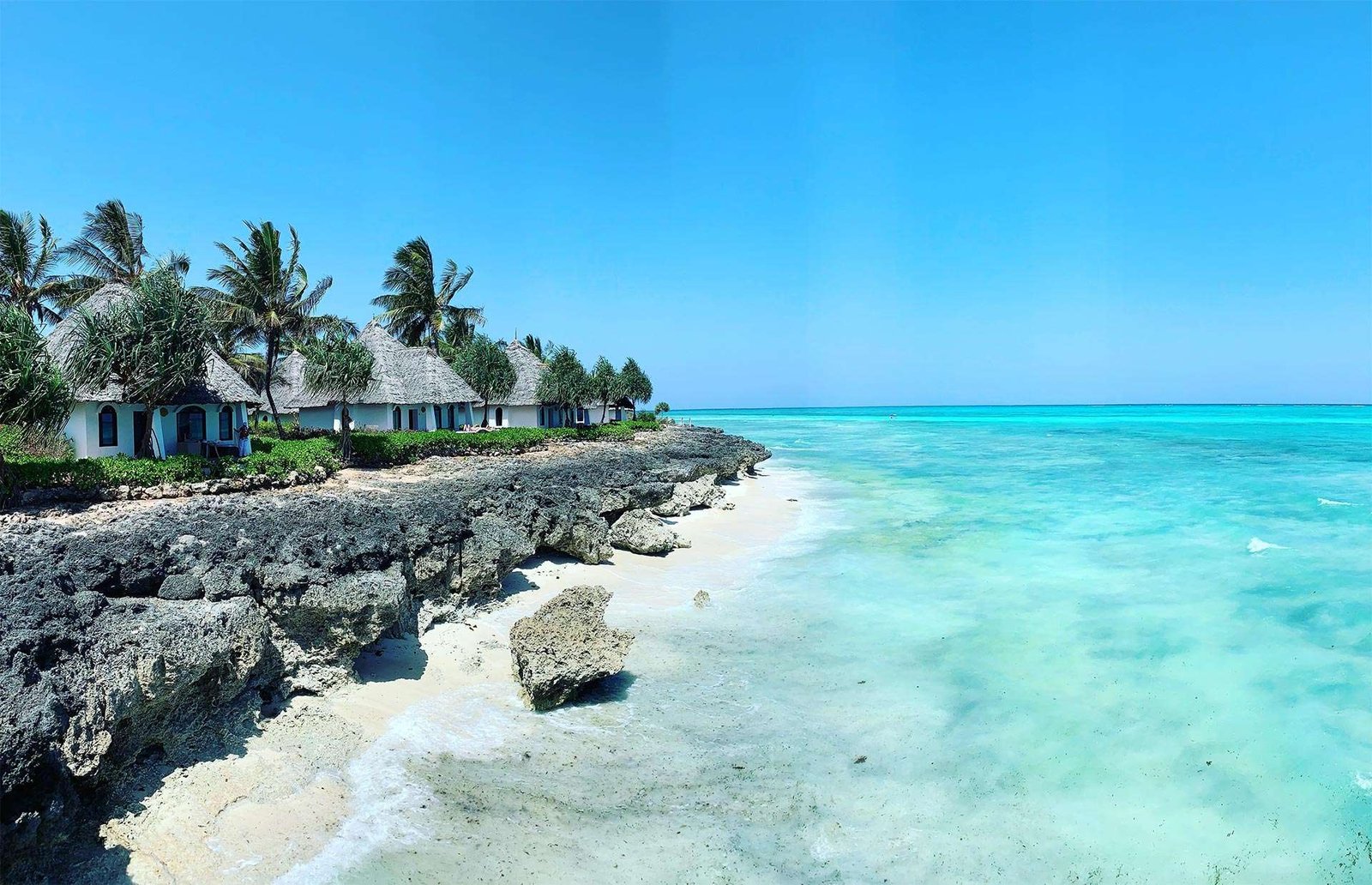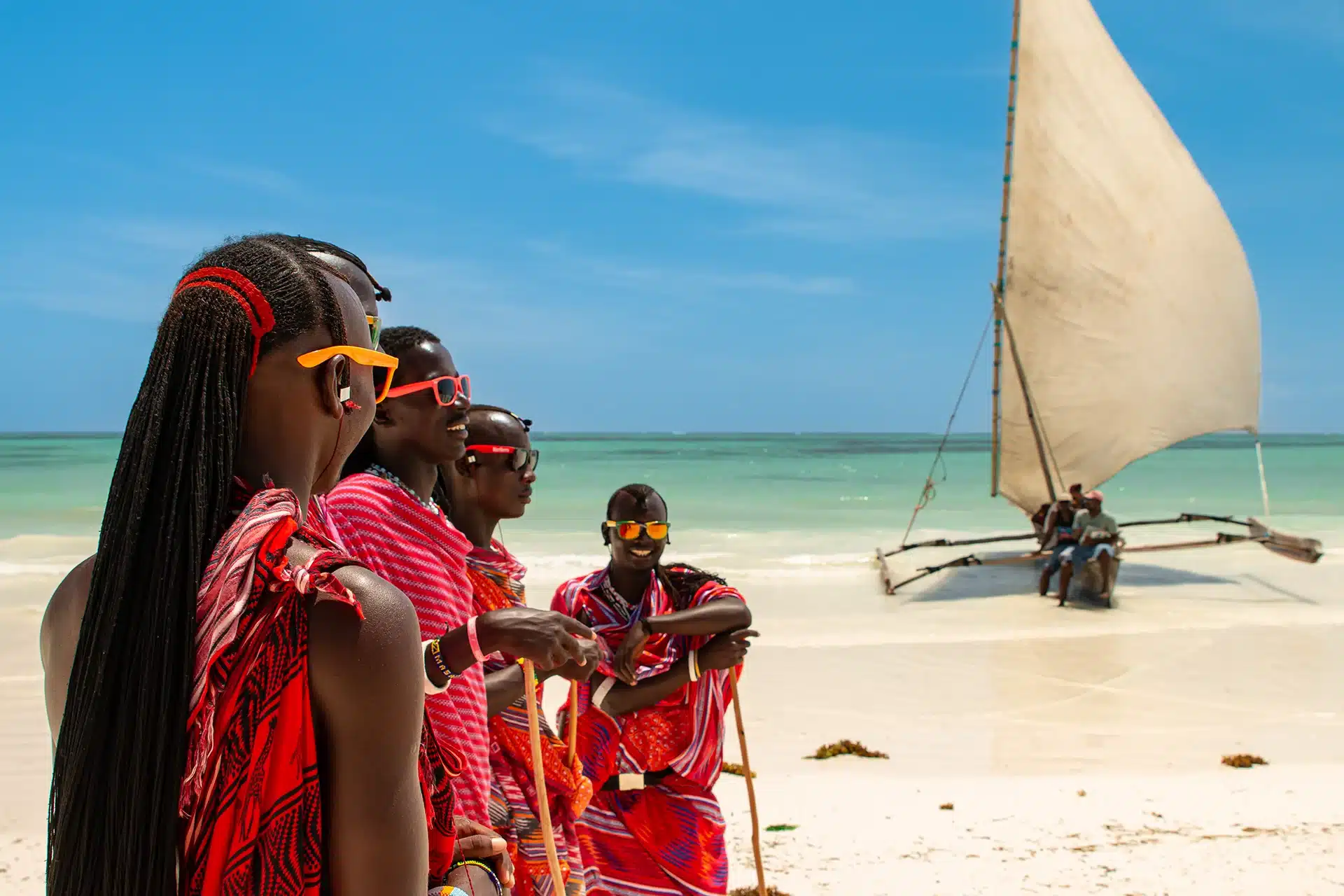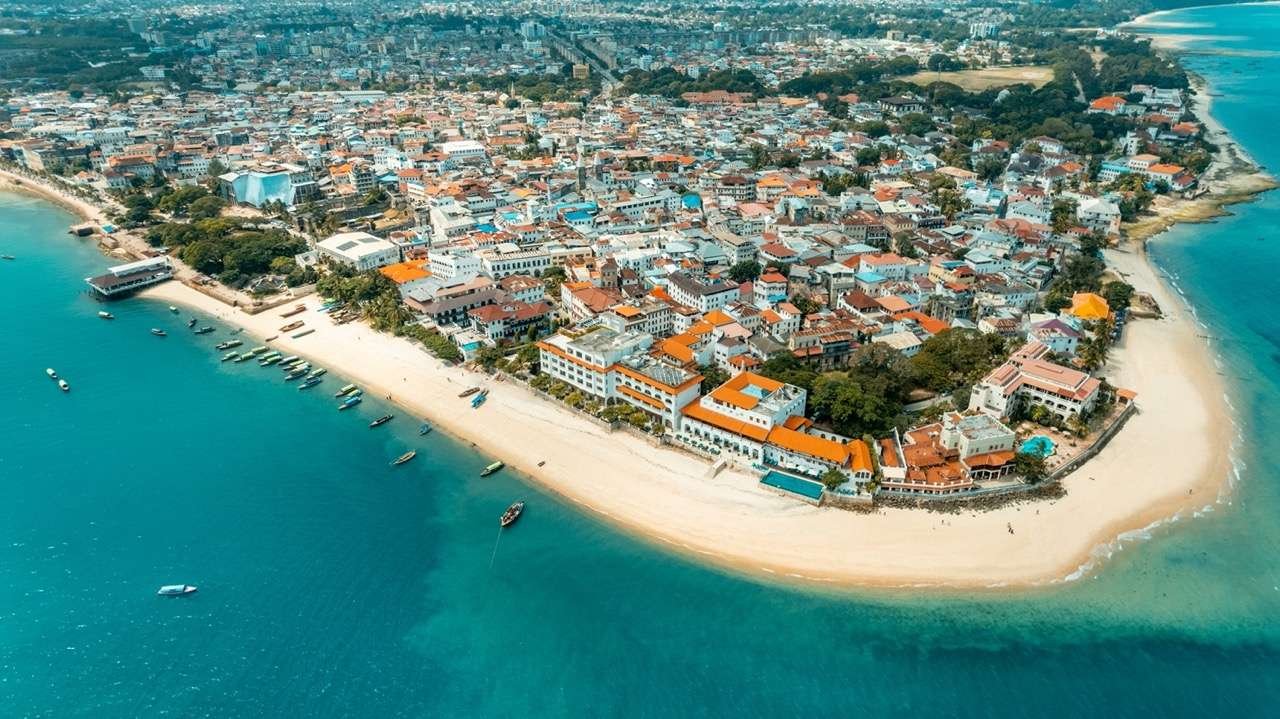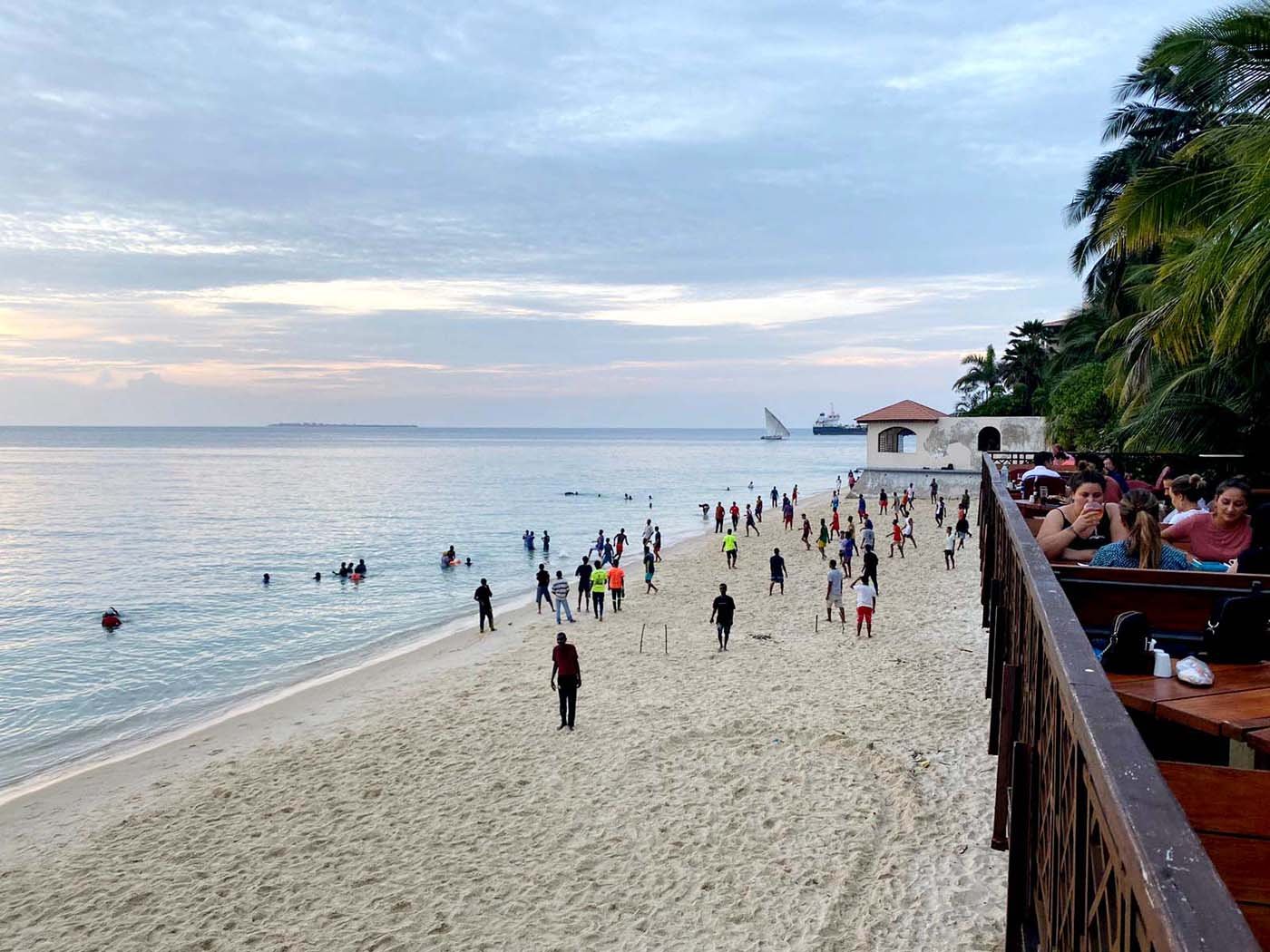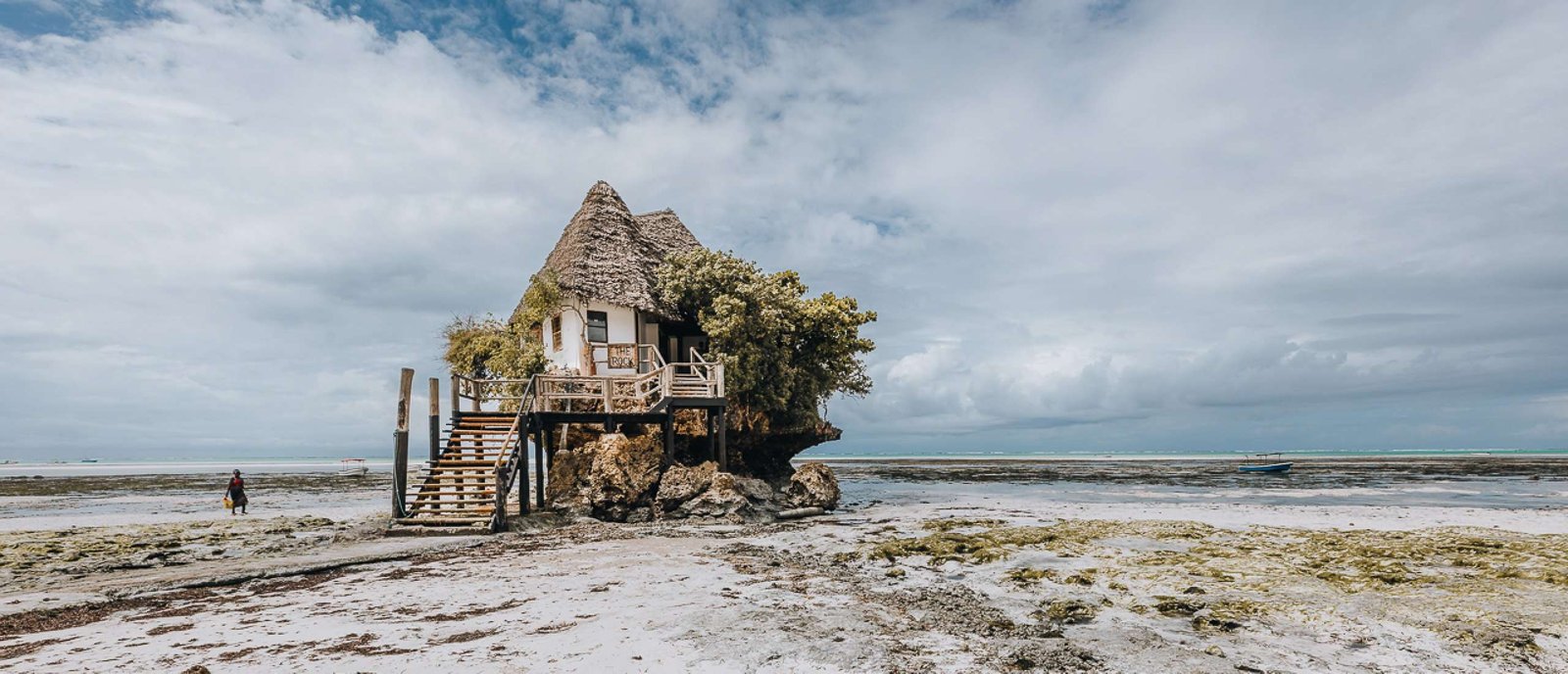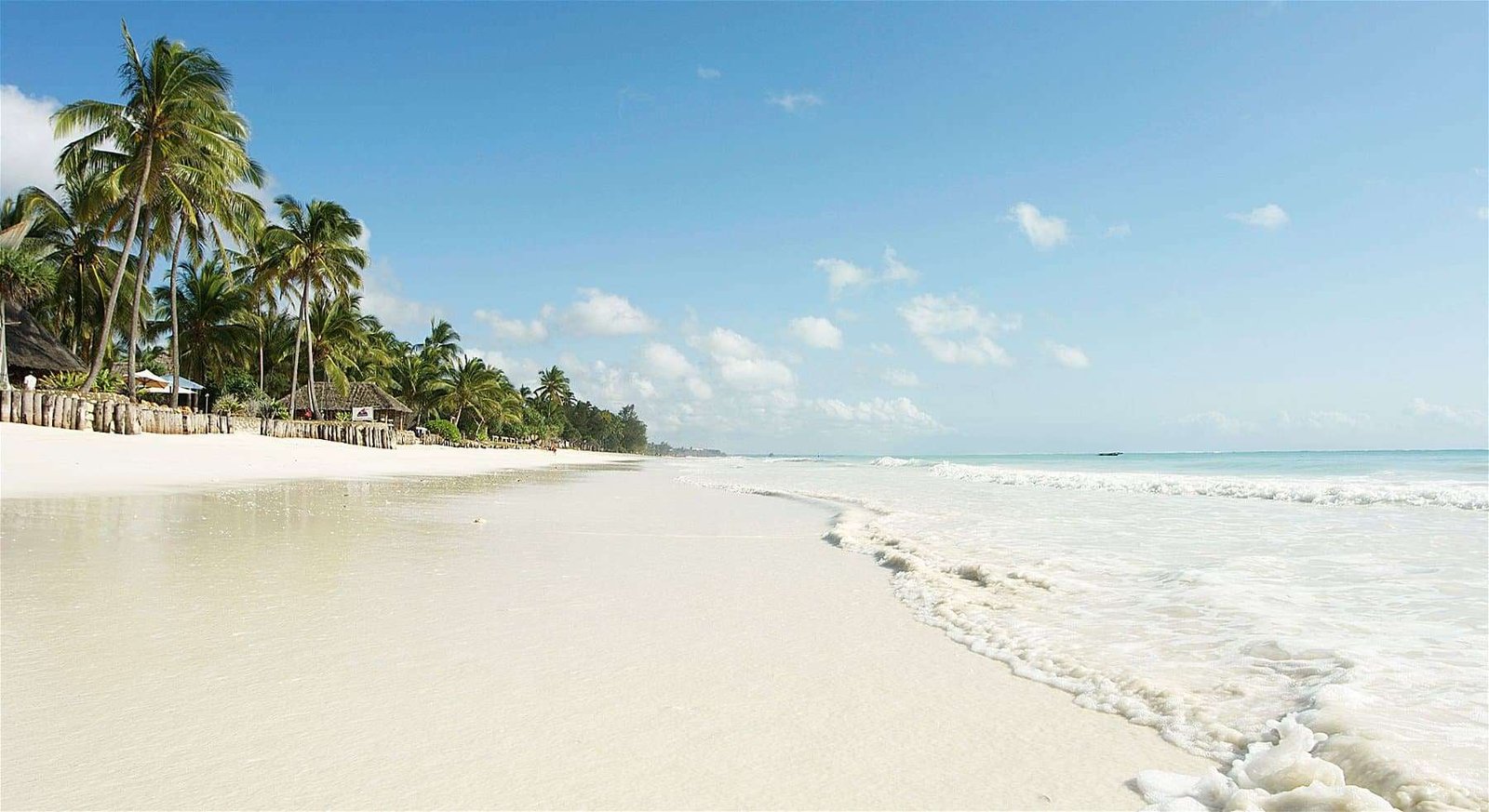Location and History of Zanzibar Island
Zanzibar Island is an archipelago off the east coast of Africa, part of Tanzania. It comprises the main islands of Unguja (commonly known as Zanzibar Island) and Pemba. The region boasts a rich history influenced by Arab, Persian, Indian, and European cultures. Consequently, this blend of influences is reflected in its diverse architecture, music, and cuisine. Notably, the capital, Stone Town, is a UNESCO World Heritage site renowned for its historical landmarks.
Economy and Attractions Zanzibar
The economy of Zanzibar Island relies on tourism, agriculture, and fishing. The islands are particularly famous for their spice production, especially cloves. As a result, tourists are drawn to Zanzibar’s stunning white-sand beaches, clear turquoise waters, and vibrant coral reefs. This makes a prime destination for snorkeling and diving. Additionally, Jozani Forest on Unguja is home to the rare red colobus monkey, further enhancing the island’s appeal to wildlife enthusiasts.
Language and Culture
Swahili is the main language spoken on the islands, although English is also widely used, especially in tourism and business. The people are known for their warm hospitality. Moreover, the islands host major cultural events such as the Zanzibar International Film Festival (ZIFF) and the Sauti za Busara music festival, which celebrate African music and arts.
Conclusion
In summary, Zanzibar Island is a historically rich and culturally diverse region with stunning natural beauty. This unique combination makes it an attractive destination and a significant part of Tanzania’s heritage and economy. Whether exploring its vibrant cultural scene or enjoying its pristine beaches, offers a memorable experience for all visitors.









